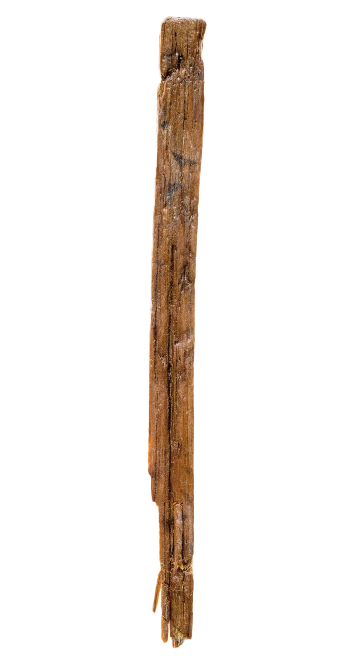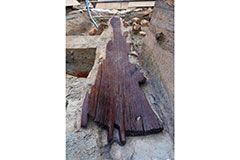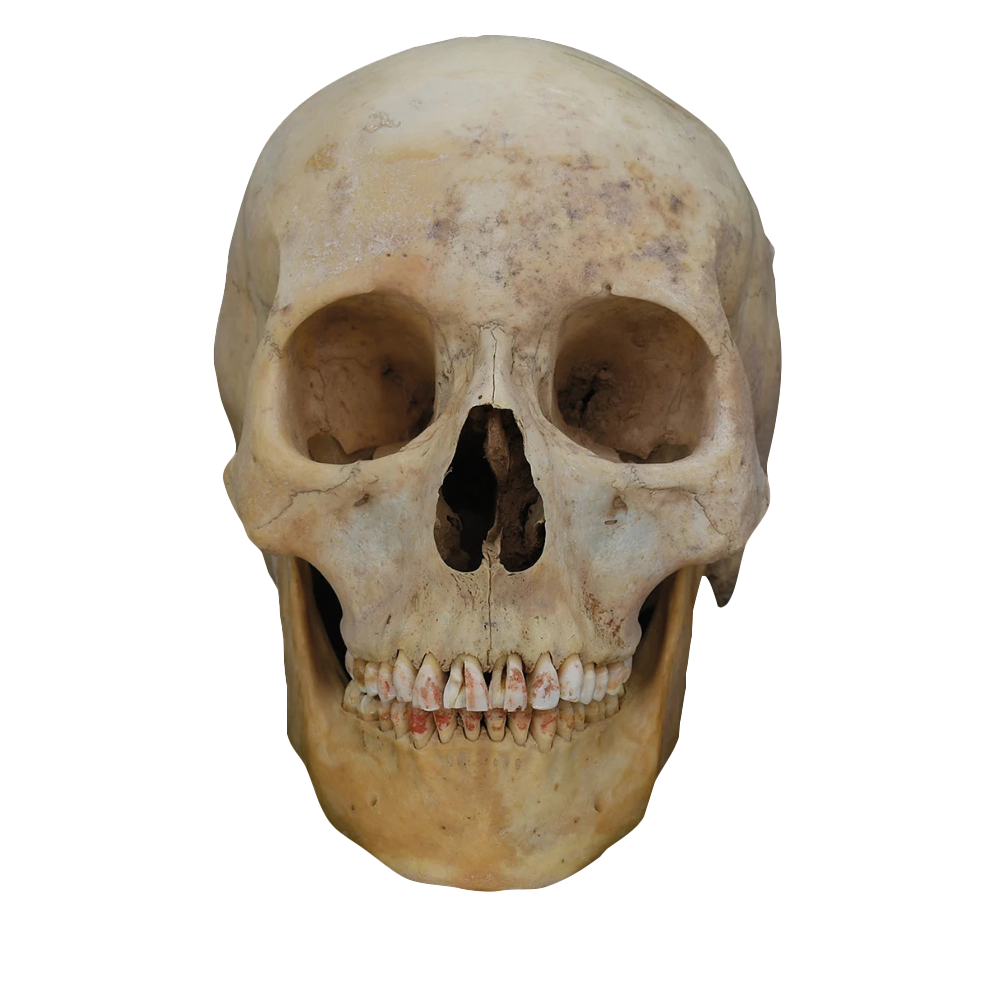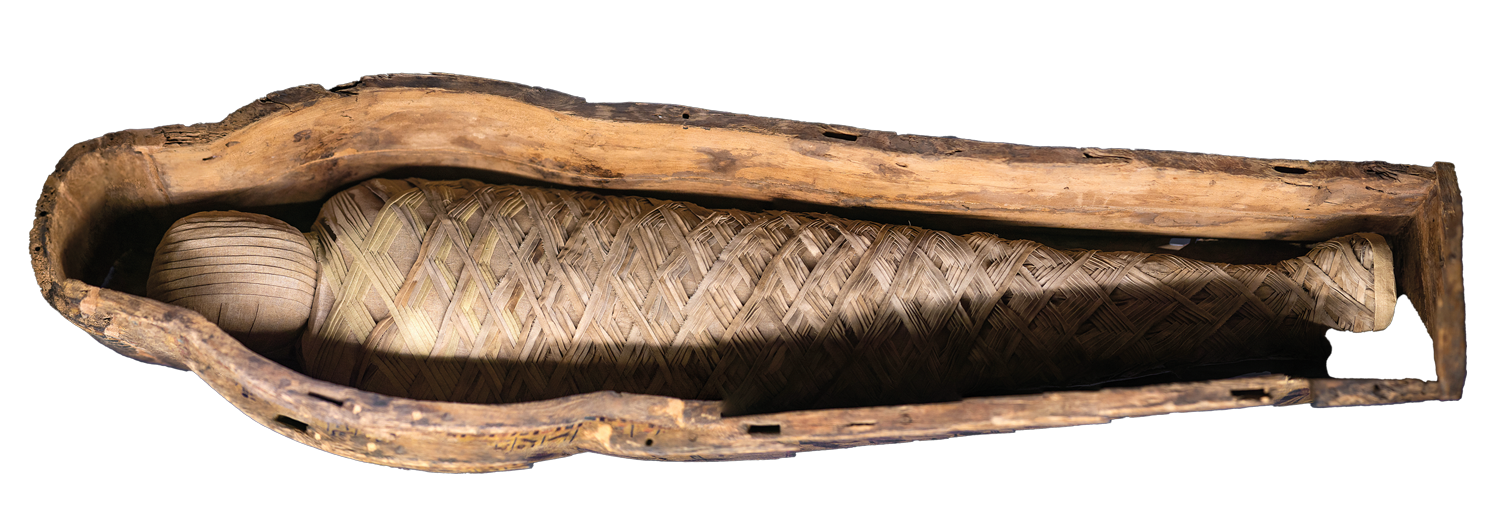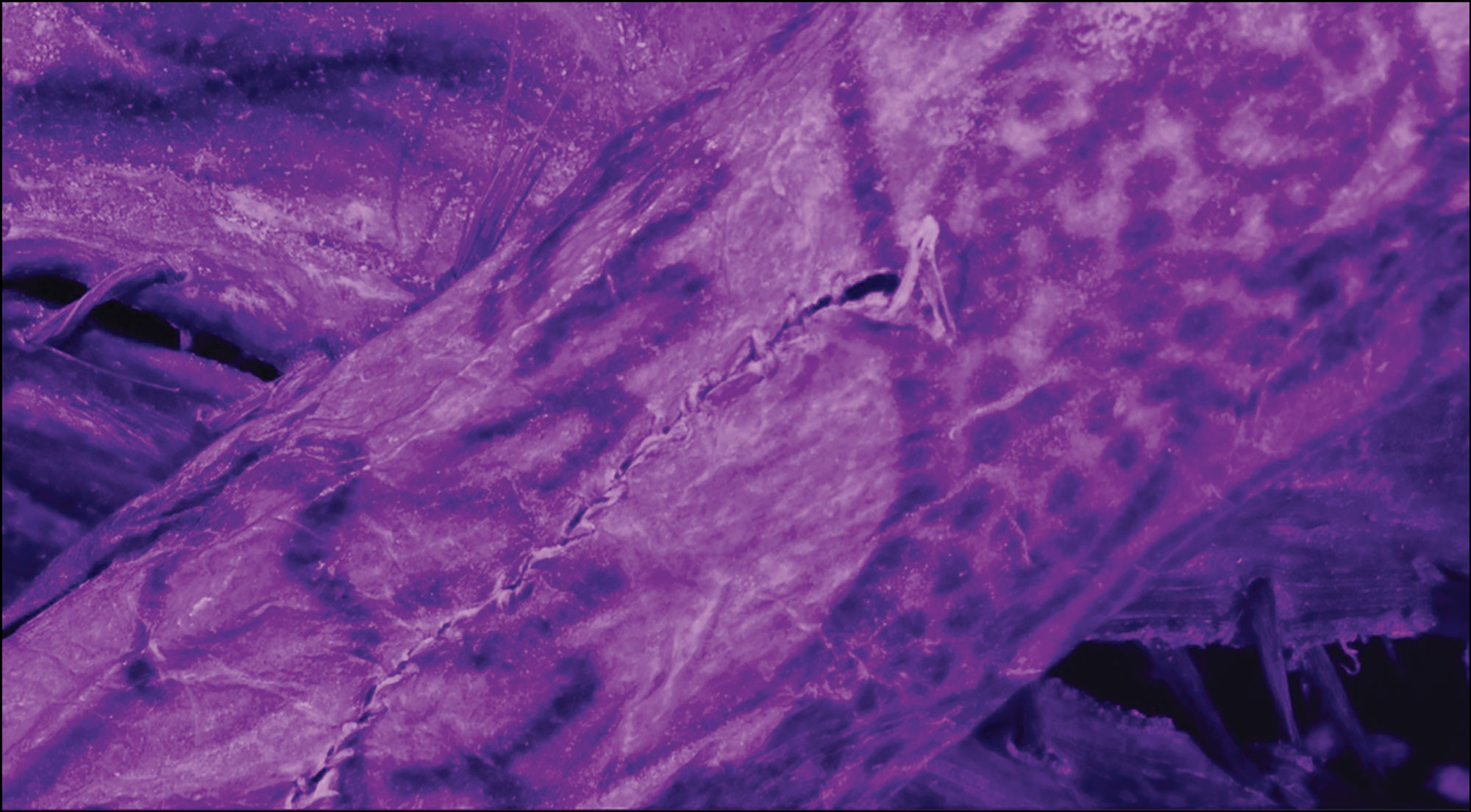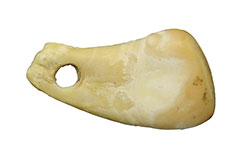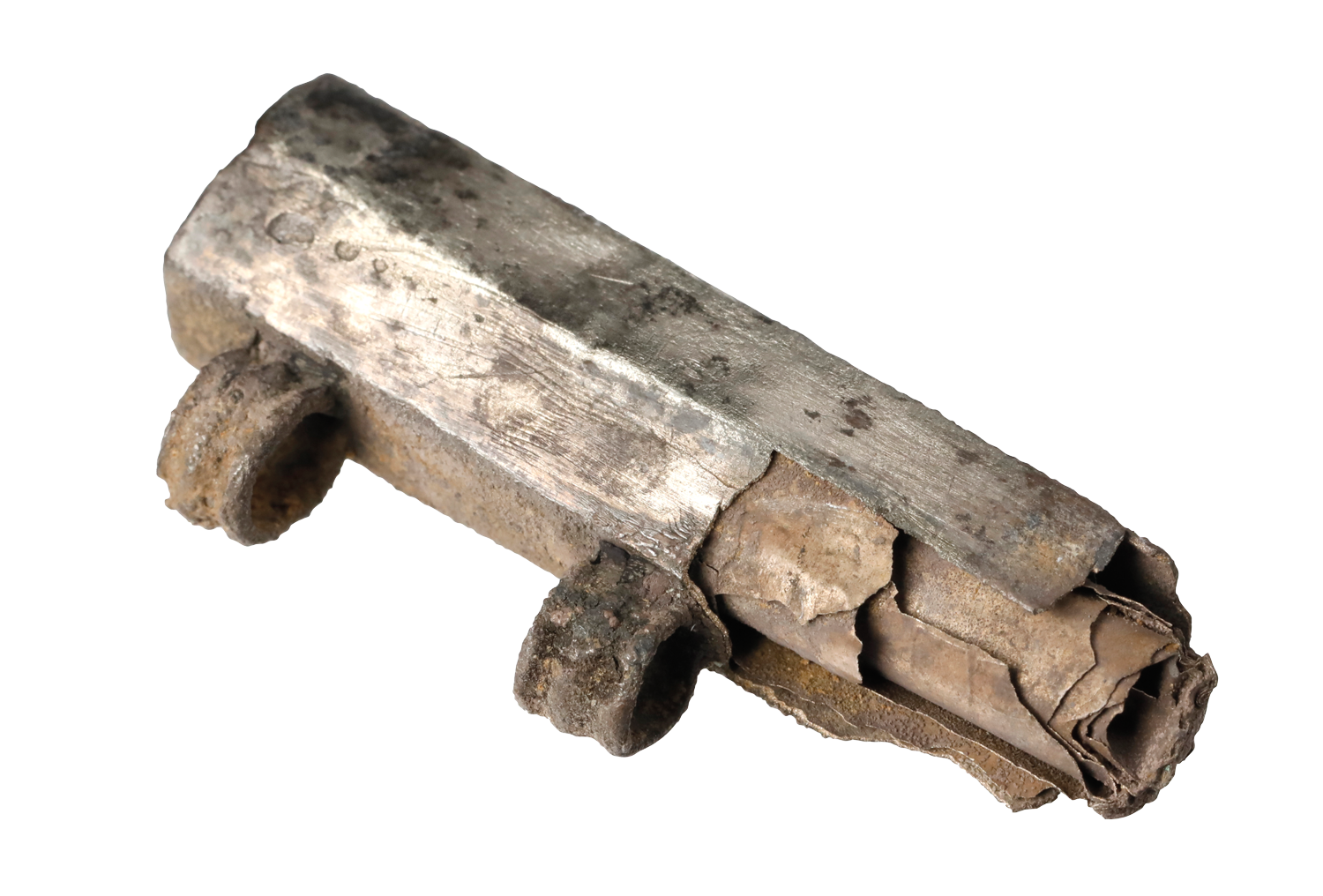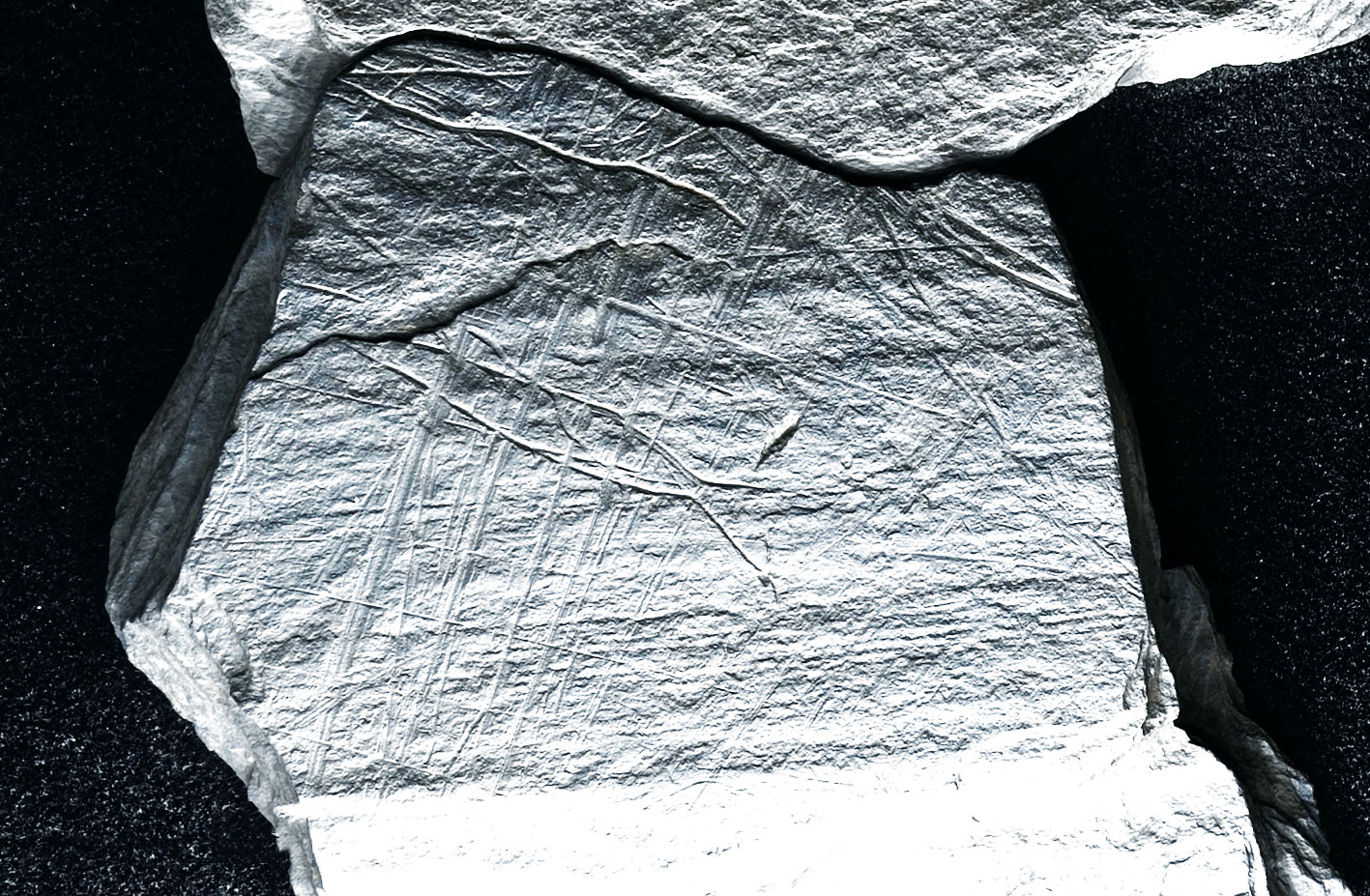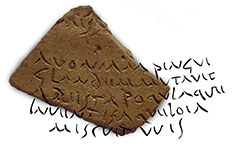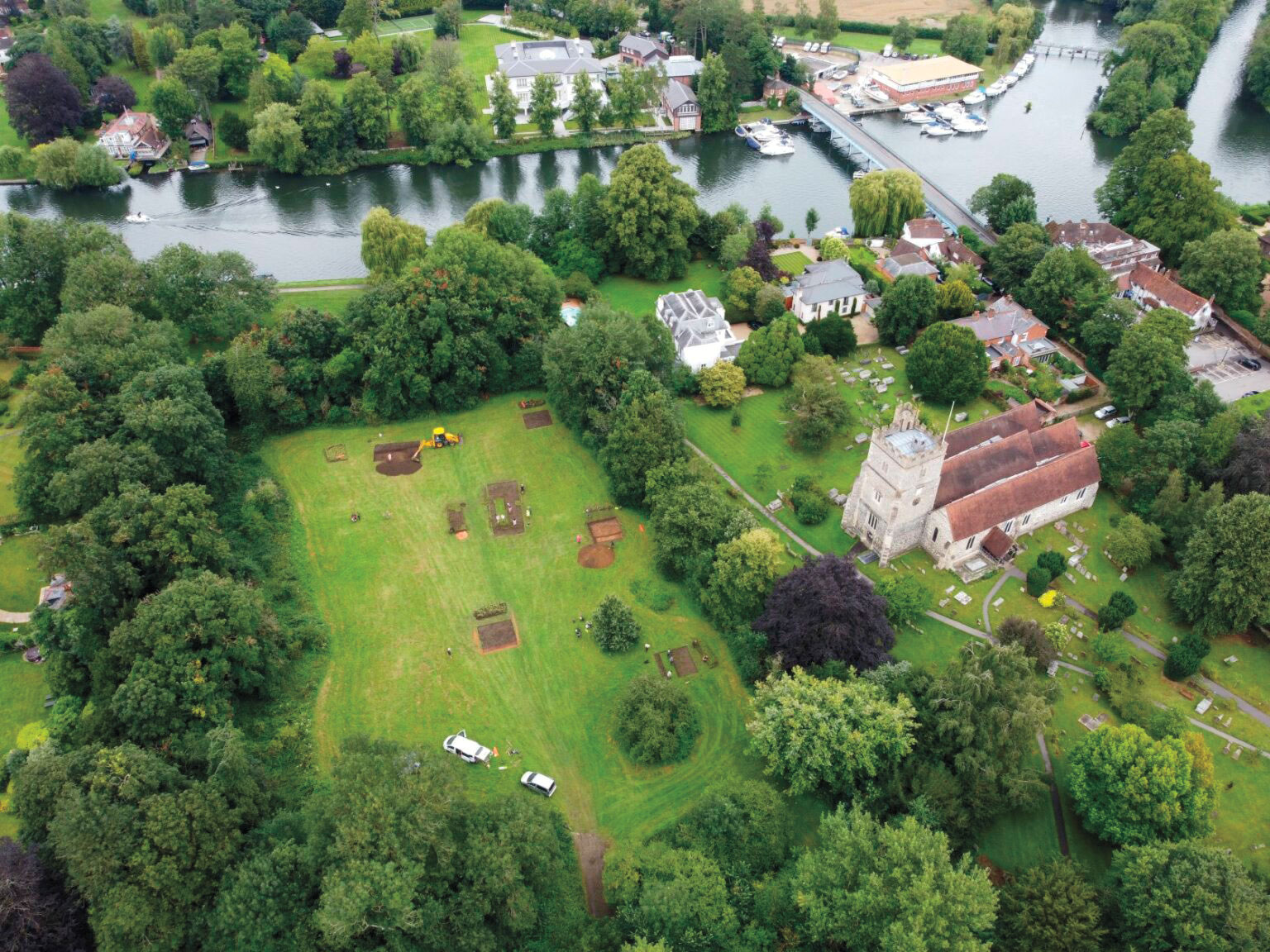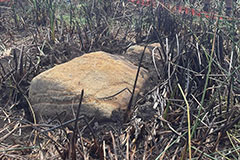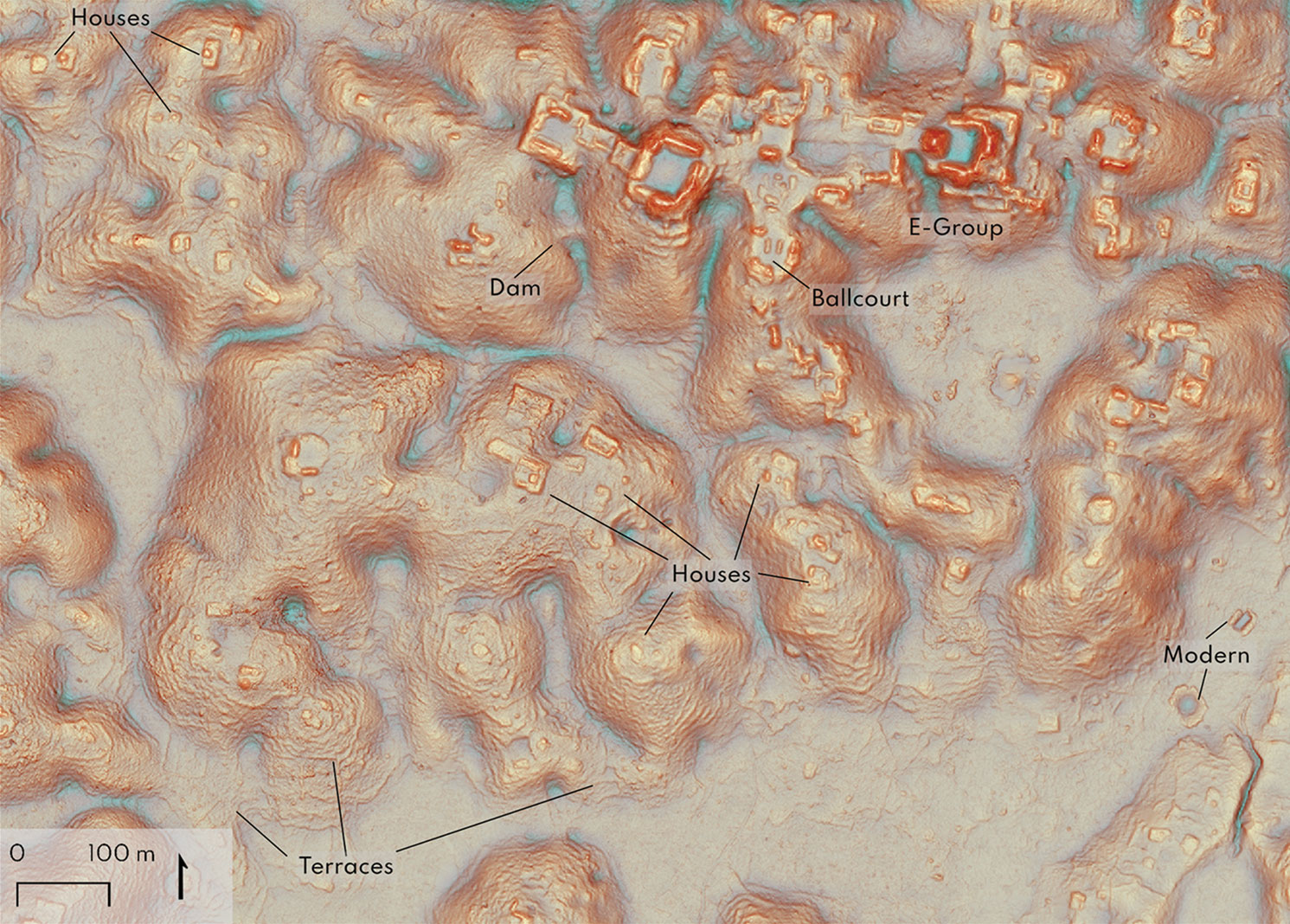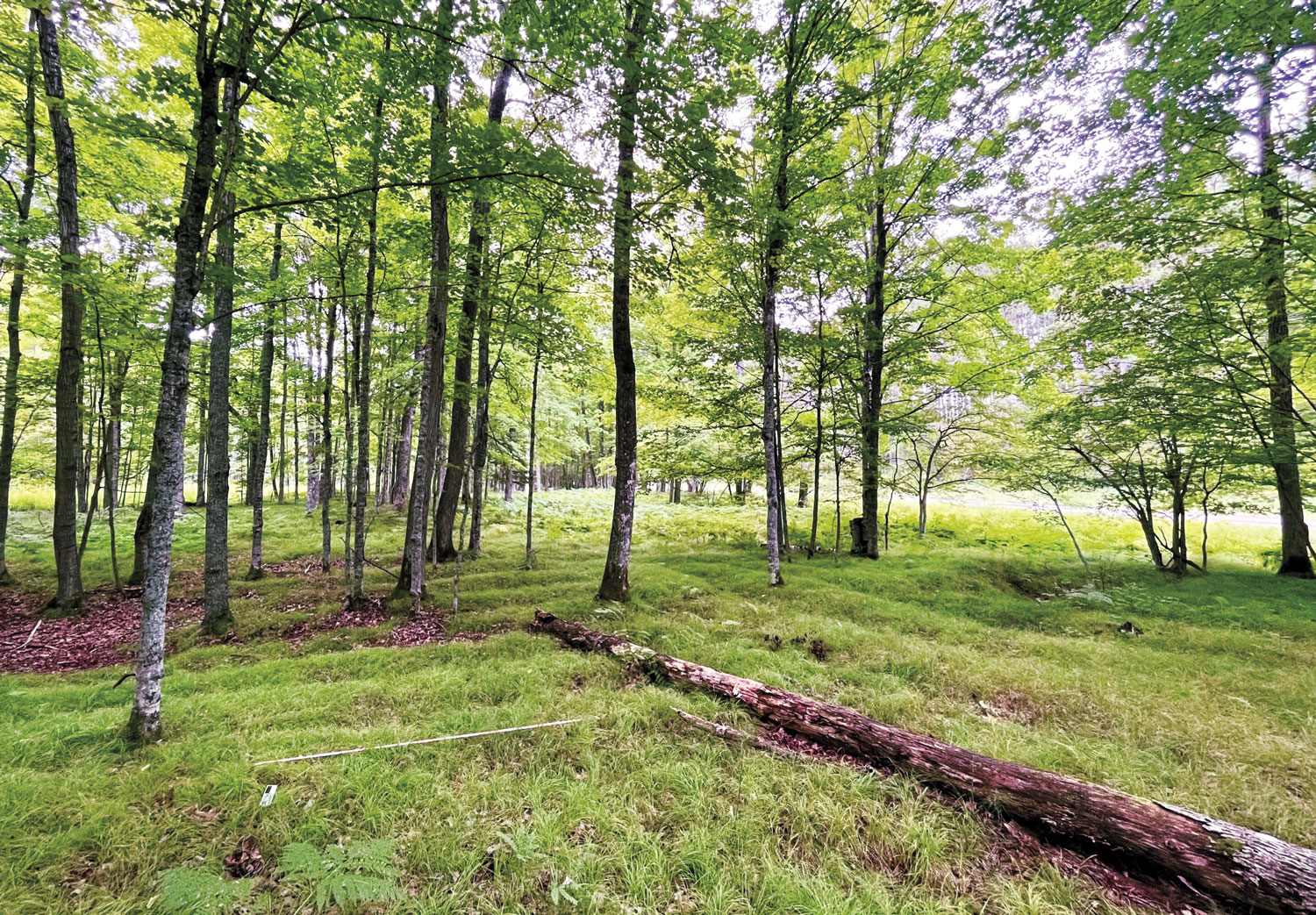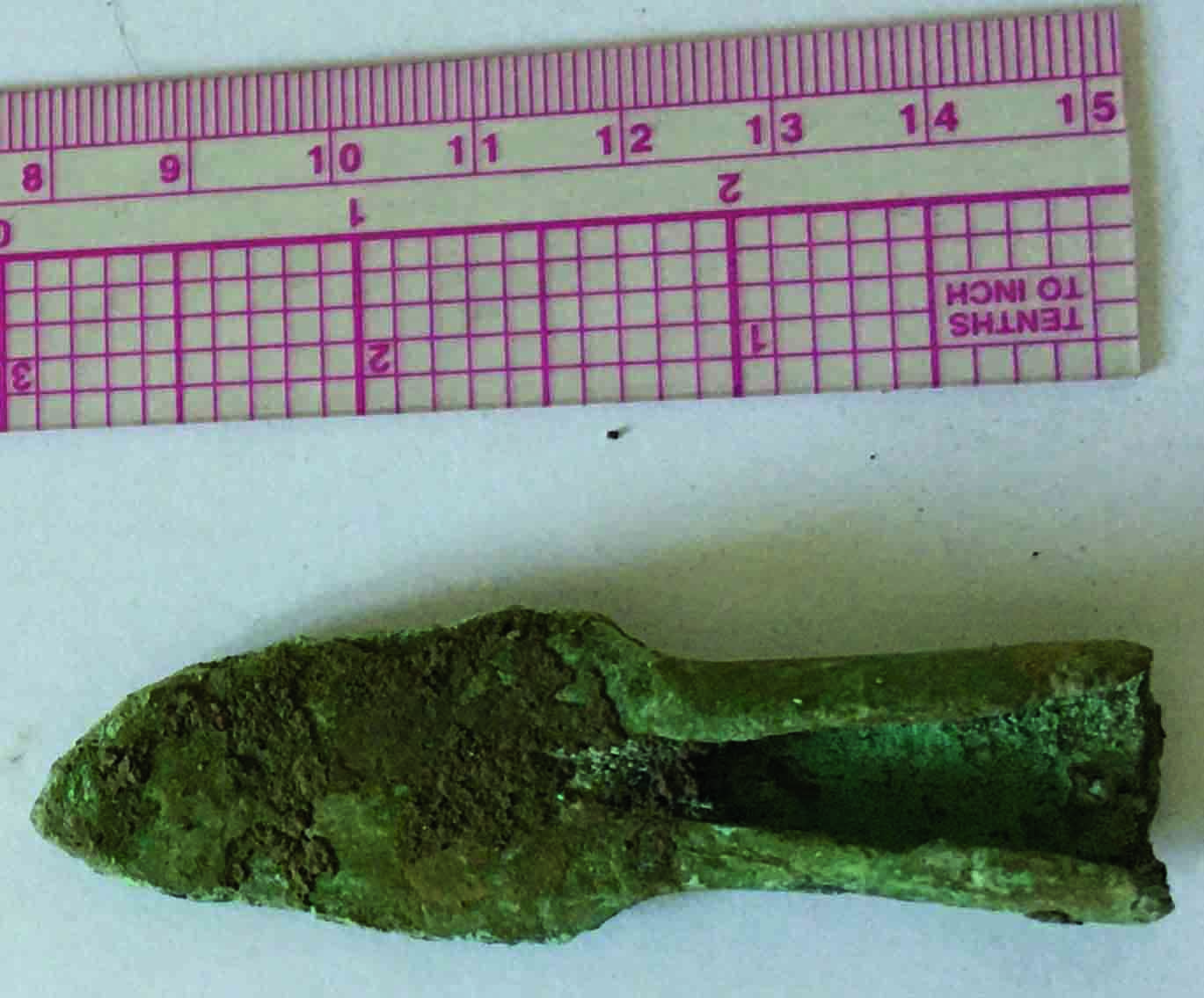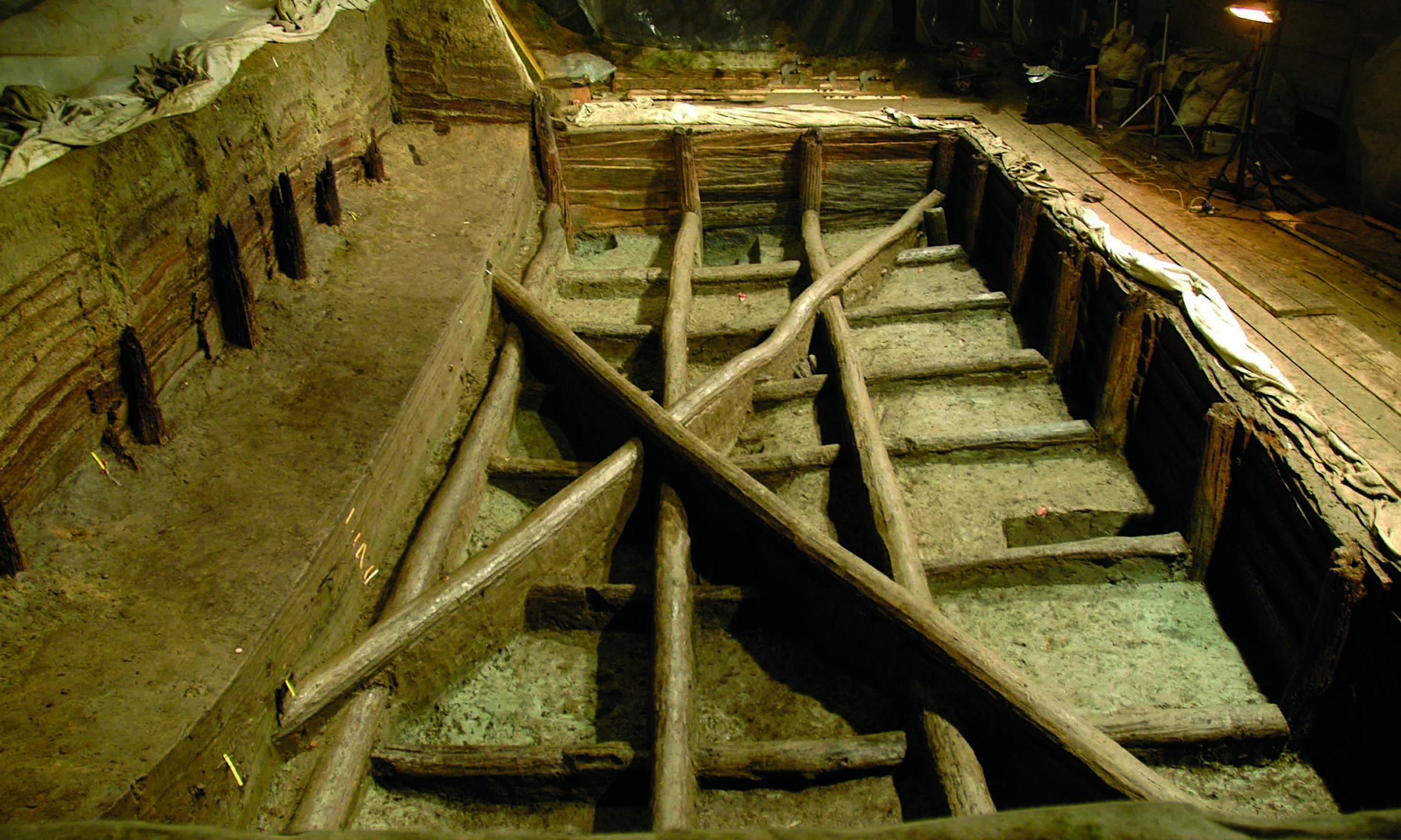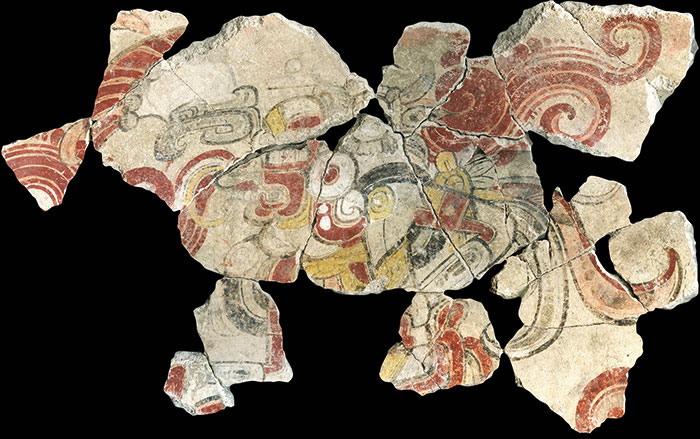
JAPAN

JAPAN: The remains of a large colonnaded building were unearthed at the site of the former Heijo Palace in Nara. The building dates to the 8th century A.D., during the Nara Period when the city of Heijo-kyu was Japan’s capital. The structure was likely part of a residence used by emperors and the imperial family, particularly the empress Koken, also called Shotoku (r. A.D. 749–758 and A.D. 765–770).
Related Content

CHINA

CHINA: Microfossil residue analysis of ceramic cups found in a 9,000-year-old burial mound at Qiaotou indicates that the dead were sometimes commemorated through ritual beer-drinking ceremonies. This is the earliest evidence of such activity. The cups, which are also the oldest examples of painted pottery in the world, were found to have once contained an alcoholic concoction made from rice, a grain called Job’s tears, and unknown tubers. The sophisticated fermentation process was aided by the inclusion of a specialized mold starter.
Related Content
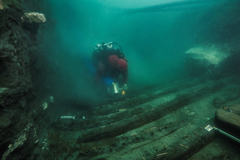
EGYPT

EGYPT: New underwater exploration at Thonis-Heracleion located a rare Ptolemaic-era military galley. The 80-foot-long vessel is only the second of its kind found. It was moored next to the city’s temple of Amun when a 2nd-century B.C. earthquake caused the structure’s stone blocks to collapse onto the ship and sink it. The city was one of the most important Mediterranean ports in Egypt before a series of apocalyptic earthquakes plunged it entirely into the sea.
Related Content
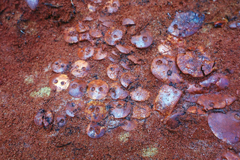
RUSSIA

RUSSIA: A man buried with a trove of amber objects may have been a Mesolithic merchant who traveled to the shores of Lake Onega 5,500 years ago. The merchant’s grave contained around 150 small pieces of amber, including discs, pendants, buttons, and jewelry, and was covered with red ochre paint. Since the amber came from the eastern Baltic Sea region, researchers theorize that the man hailed from that area and ventured farther east to exchange his semiprecious stones for slate cutting tools.
Related Content
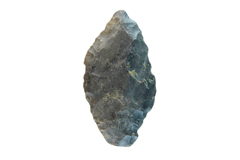
GERMANY

GERMANY: A rare leaf-shaped spearpoint found in Hohle Fels Cave has provided researchers with new clues about Neanderthal hunting practices. The finely crafted 3-inch blade was fashioned from a piece of chert more than 65,000 years ago. It would have been secured to a wooden shaft using plant-based glue and animal sinews. Rather than hurling it, Neanderthal hunters thrust the spear into the sides of large game such as reindeer and horses. While being sharpened, the tip broke, which likely led the hunters to discard it.
Related Content
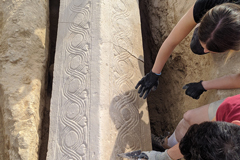
SPAIN

SPAIN: Archaeologists working at the Roman villa site of Los Villaricos near the town of Mula uncovered an ornate Visigothic sarcophagus. The villa was repurposed into a Christian basilica and necropolis in the 6th century A.D. after the Germanic Visigoths invaded the Iberian Peninsula. The lid of the 6.5-foot sarcophagus is decorated with geometric patterns and ivy leaves. It is also etched with a popular early Christian symbol, the Christogram, which combines the first two Greek letters of Christ’s name, X (chi) and P (rho).
Related Content

ENGLAND

ENGLAND: A long-lost monastery associated with one of the most powerful women of the Middle Ages was finally located on the banks of the River Thames in Cookham, Berkshire. Queen Cynethryth, consort of King Offa of Mercia, was the only Anglo-Saxon queen to have coins issued in her name. After her husband died in A.D. 796, she retired to the monastery and became the royal abbess. Cynethryth is likely buried on the grounds, although her grave has yet to be discovered.
Related Content

CHILE

CHILE: In the Atacama Desert, one of the driest places on Earth, the transition from a hunter-gatherer to an agricultural society did not go smoothly. An examination of almost 200 human burials dating as far back as 800 B.C. revealed that many of the remains displayed signs of violent trauma, including fractured skulls, puncture wounds, and even facial mutilation. It is believed that competition for arable land and water sparked violence among neighboring villages or individuals.
Related Content

MEXICO

MEXICO: For more than a decade, archaeologists have been investigating a mysterious tunnel 60 feet beneath the Temple of the Feathered Serpent in Teotihuacan, from which they have retrieved more than 100,000 artifacts, including ceramics and sculptures, as well as human bones. The team was recently astonished to discover 4 very well-preserved bouquets of flowers near the end of the passageway. The bouquets contain between 40 and 60 flowers each, and were likely deposited during a sacred ritual 1,800 years ago.
Related Content
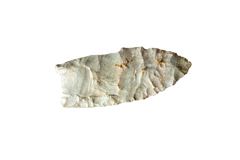
MICHIGAN

MICHIGAN: A campsite in southwest Michigan used by a band of hunters may be the earliest evidence of human habitation in the Great Lakes region. Stone tools and debris at the site indicate that members of a Paleoindian group known as the Clovis culture stopped there temporarily 13,000 years ago, at a time when Michigan was mostly covered with glaciers. The Clovis people were among the first to occupy a wide swath of North America. Until recently, they were not thought to have ventured so far north.



